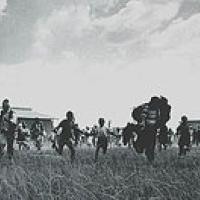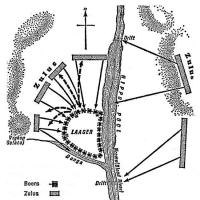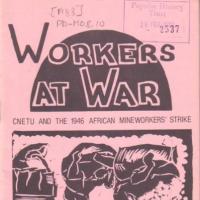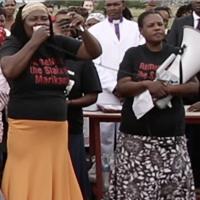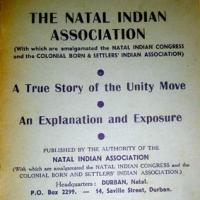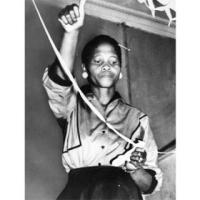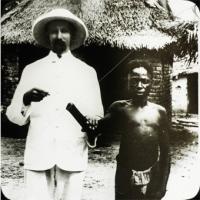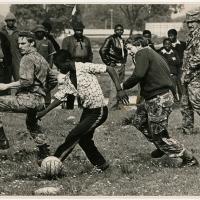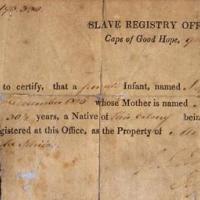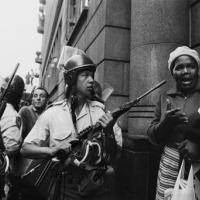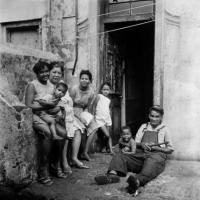Document Preview
The political importance of women’s food committees in Cape Town during the 1940s has been emphasised by both Cheryl Walker and Tom Lodge. According to Lodge, through the development of food committees in the Western Cape, protests over subsistence issues and food supply escalated into demands for popular suffrage. The motto of the food committees became ‘Today we fight for food, tomorrow for the vote and then for freedom for all’.
The fruit-canning industry in South Africa can be traced to the late nineteenth century, when the first jam factories opened in Paarl and Stellenbosch in the Western Cape. Fruit canning began in the early twentieth century, when the demand for canned food led to an increase in production by 400 per cent (Cameron, 1986: 90).
Document Preview
Thank you from SAHO
Featured topics
This day in history
Find out who was born, who died and other significant events from this day in history
History in Images
Personal Information
Anna Johanna Dorothea de Villiers was a linguist, writer, and educator. She born on 24 December 1900 on the farm Saxenburg, Kuilsrivier. She was the eldest of six daughters and two sons of George Jacob de Villiers and his wife Anna Johanna Jacoba Bester. De Villiers received her first school education through Dutch as a medium of instruction, first from a governess and later from a man employed by her father to teach his children as the nearest school is too far.

